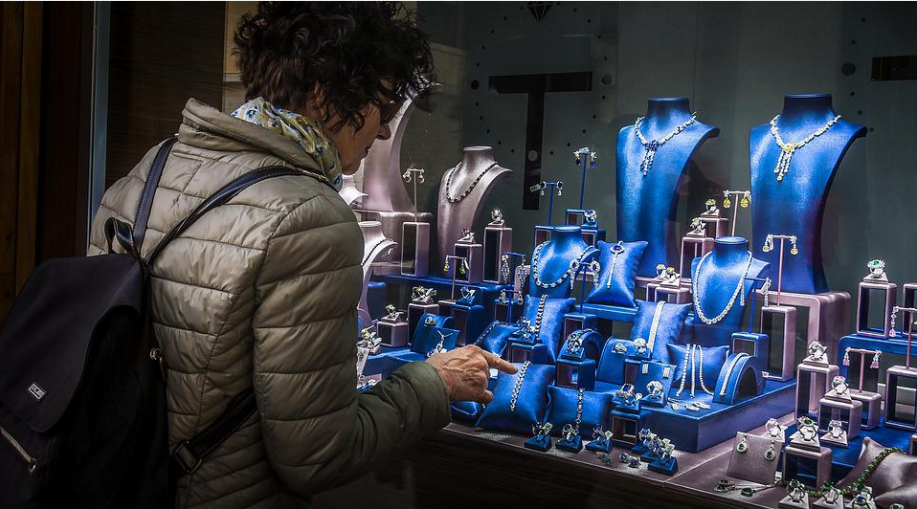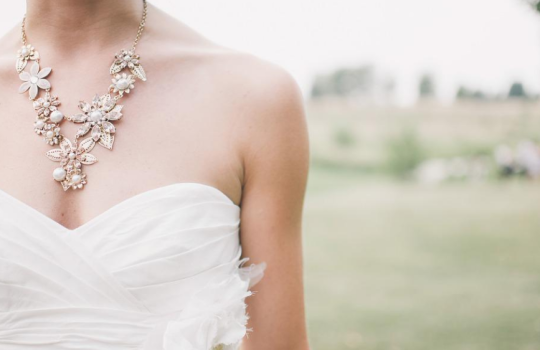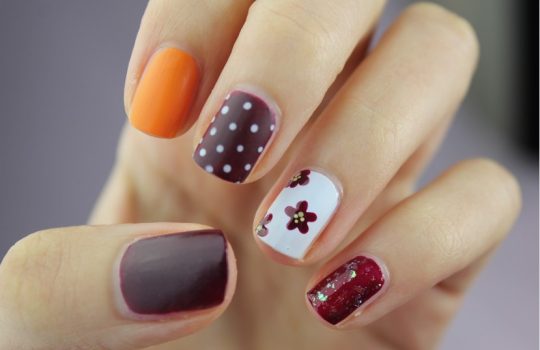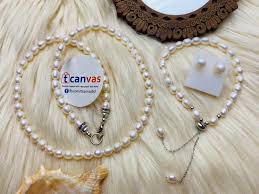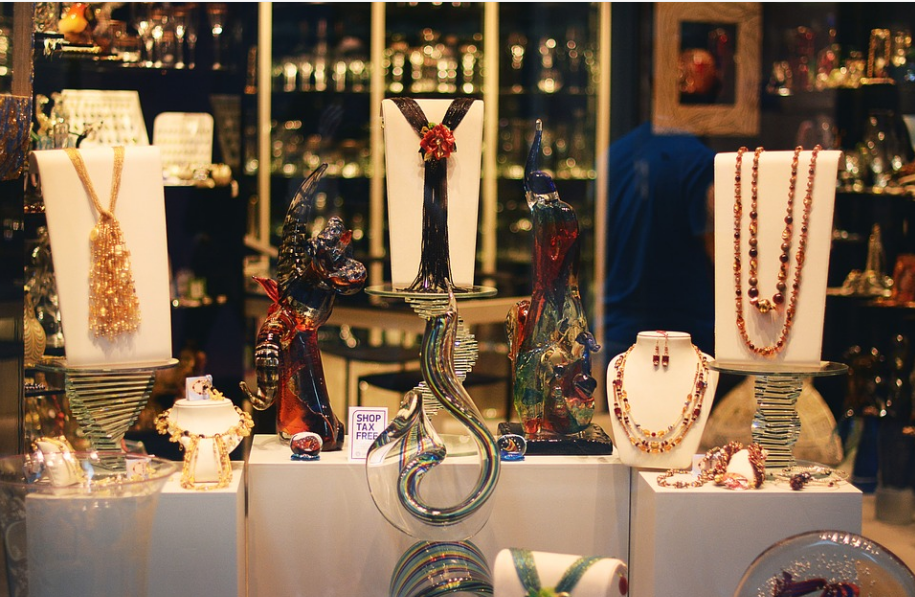
Tips for buying antique jewelry
There has been a surge in auction buyers seeking out antique jewelry in recent years. Modern jewelry fashions, such as “stacking,” have increased the desire for one-of-a-kind items available at reasonable prices. On the other hand, new collectors may be wary of purchasing for fear of overspending on a defective item. Is it possible to evaluate whether or not a product justifies its price tag? Gather more on – how to buy a perfect dress.
Do you think it’s in fine shape?
A closer look at the face can uncover problems with the stone’s enamel and the condition of the stone’s edges and nails. Information about any alterations or fixes is displayed on the reverse. It also tells us whether or not the object is authentic because we can see the craftsmanship involved and whether or not it was manufactured in the appropriate period or is a reproduction. Ask the jewelry specialist for a status report from the auction house before making any purchases. Professionals have spent considerable time examining the piece, weighing its positives against its negatives, such as mount deterioration, scratches on rocks, and repairs or additions. Learn – some ideas about plus size dresses .
Has it been resized, republished, or fixed by experts?
Antique jewelry is often worn, picked, and even restored after purchase. Rings may need to be resized, and the shanks may be too thin in certain situations. Even if you take your stone to a professional to be polished, it may still have surface scratches that cannot be removed. It’s an inline picture. Badly mended Victorian brooch with an oval base metal patch serving as the catch on the back. Under latches and pins, dirty grey streaks are soft lead solder, a sure sign of shoddy repair work.
Additionally, The gold work has noticeable dings and holes in it. An oval base metal patch has replaced the catch on a crudely repaired Victorian brooch. Dirty grey areas always indicate poor repairs under latches and pins containing soft lead solder. The flaws in the gold work are readily apparent. Necklace and bracelet clasps can be adjusted or changed as needed. As long as the restoration is done by a trained professional, none of these should affect the price of an antique piece of jewelry—expert jewelers in the field of vintage pieces. Explore – some fashion tips for body shape
Are there identifying features?
Another place to look for a piece’s trademarks or aces is on the back. You can tell where an item of jewelry was made and roughly when by using a unique set of punches specific to each country. Each piece of jewelry has a fantastic story, and we can piece it together using the some different indications, markings, and signatures associated with its many manufacturers and merchants.
- 18 karat gold (crown and 18 punches),
- Birmingham Assay Office (anchor punch),
- 1905 are engraved on the band of an Edwardian-era garnet
- diamond ring (Lot 237, 12/8/20, inline image)
- Dating F. Edwardian, Hallmark.
The hallmarks and registry markings for the year 1905 are visible on the diamond ring (Lot 237), which are as follows: 18-carat gold (crown and 18 punches); Birmingham Assay office (anchor punch); letter hallmarks; diamond ring.
A piece of ancient British jewelry may have a standard mark and occasionally a manufacturer’s signature because it was not legally obligated to stamp jewelry with hallmarks until 1973. Similarly, in many countries, it was not always mandated by law. Exquisite or Hallmark jewelry; the lack of a hallmark is not necessarily indicative of a lack of antiquity or a lower quality of gold.
Do you think it’s the real deal?
Different types of jewelry come and go in and out of style, but certain types always seem to make a comeback. Many diamond and gemstone rings and gold earrings designed to look like they were made in the Victorian era became popular in the 1980s and 1990s. In many cases, these met consumer demand and had nothing to do with fraud. However, take some tips to make life easier.
Trendy in recent years are sand epoch and Edwardian diamond-type jewelry replicas made in South America with the intent to deceive. Once again, a specialist’s meticulous examination will reveal nuances that will allow these reproductions to be easily distinguished. It’s not uncommon for copies to feature less-than-pristine polish and modern-cut stones that weren’t available when the originals were crafted. Furthermore, they will not show the signs of wear that would be present on a genuine antique from that era. Explore on – how to look slimmer.
Is this anything that’s currently popular?
The best method to stay on top of the latest jewelry trends is to keep an eye on magazine editorials and social media posts. This fashion helps us identify what’s hot, what hues and types of stones are in demand, and how ordinary people and A-listers are wearing jewelry nowadays.
